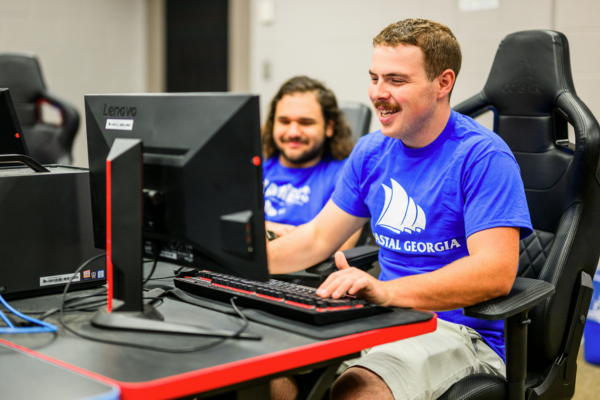- Home
- Reg Murphy Pubs
- Reg Murphy
- Melissa Trussell
- Economic development requires involving the community
Economic development requires involving the community
Last week, my colleague Dr. Don Mathews wrote about ways in which Hurricane Irma gave us a glimpse of what life is like for millions of folks living in developing countries without electricity or running water. I have spent a good bit of time living and working in developing countries, and I echo Don’s sentiment — thank goodness for electricity and plumbing here at home.
While I am grateful for the ways in which Southeast Georgia differs from countries in the developing world, I have become increasingly aware of the ways in which we are similar. A high percentage of our population live in poverty (Glynn County — 19 percent, Indonesia — 11 percent), though the gap between our richest and poorest households is astounding. We have low labor force participation (Camden County — 49 percent, Nigeria — 56 percent). And residents of our region who are over age 25 are unlikely to have earned a college degree (Charlton County — 11 percent, Ecuador — 14 percent).
With such similarities to low-income countries, there are things we can learn about ourselves by looking to the literature on economics and policy in developing countries. For starters, one of the greatest lessons in economic development is the need for all actors with a stake in the success of the community to work together toward a shared vision. For long-term, sustainable development to occur, everyone — government entities, business owners, nonprofit leaders and, perhaps most importantly, local residents — must be involved throughout the development process.
There is a classic example of development done wrong: the well-meaning charitable giver who decides to collect shoes from his home country to give away to barefoot children in a village in a developing country. Consequentially, the children are shoed, but the local cobbler goes out of business, and the entire village becomes dependent on outside aid to provide footwear.
The shoe-giver attempts to address an immediate symptom with an unsustainable solution, and the result is to move the village backward, rather than forward in economic development. What made this solution unsustainable? It did not involve all local stakeholders in the shoe market. It was a development project done for the community rather than with the community. Perhaps a better approach would have been to involve the community in finding and addressing the root of the barefootedness. Maybe the real problem is not a lack of shoes, but a lack of job opportunities, leaving parents unable to afford shoes for their children. And the “solution” of providing free shoes adds the cobbler to the list of unemployed.
So, what can we in Southeast Georgia learn from this example of an unsuccessful development attempt in a poor village far away?
Consider our development goals here at home, poverty relief; improved labor force participation; increased education; community revitalization. In working toward these goals, our efforts are best spent first getting to know our poor, our non-working, our young and others in our communities to understand what our needs really are before we start blindly throwing shoes. And as we get to know our neighbors and understand our collective strengths and weaknesses, we will be in a position to work together to capitalize on our strengths to address our weaknesses through sustainable economic and community development.
- Melissa Trussell
- Reg Murphy Center
Reg Murphy Center






